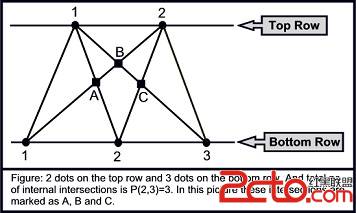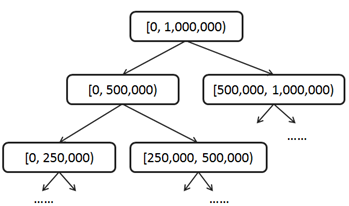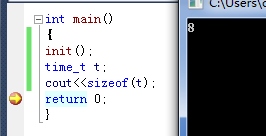POJ 3253 Fence Repair
Fence RepairTime Limit: 2000MS Memory Limit: 65536K
Total Submissions: 17270 Accepted: 5483
Description
Farmer John wants to repair a small length of the fence around the pasture. He measures the fence and finds that he needs N (1 ≤ N ≤ 20,000) planks of wood, each having some integer length Li (1 ≤ Li ≤ 50,000) units. He then purchases a single long board just long enough to saw into the N planks (i.e., whose length is the sum of the lengths Li). FJ is ignoring the "kerf", the extra length lost to sawdust when a sawcut is made; you should ignore it, too.
FJ sadly realizes that he doesn't own a saw with which to cut the wood, so he mosies over to Farmer Don's Farm with this long board and politely asks if he may borrow a saw.
Farmer Don, a closet capitalist, doesn't lend FJ a saw but instead offers to charge Farmer John for each of the N-1 cuts in the plank. The charge to cut a piece of wood is exactly equal to its length. Cutting a plank of length 21 costs 21 cents.
Farmer Don then lets Farmer John decide the order and locations to cut the plank. Help Farmer John determine the minimum amount of money he can spend to create the N planks. FJ knows that he can cut the board in various different orders which will result in different charges since the resulting intermediate planks are of different lengths.
Input
Line 1: One integer N, the number of planks
Lines 2..N+1: Each line contains a single integer describing the length of a needed plank
Output
Line 1: One integer: the minimum amount of money he must spend to make N-1 cuts
Sample Input
3
8
5
8
Sample Output
34
Hint
He wants to cut a board of length 21 into pieces of lengths 8, 5, and 8.
The original board measures 8+5+8=21. The first cut will cost 21, and should be used to cut the board into pieces measuring 13 and 8. The second cut will cost 13, and should be used to cut the 13 into 8 and 5. This would cost 21+13=34. If the 21 was cut into 16 and 5 instead, the second cut would cost 16 for a total of 37 (which is more than 34).
Source
USACO 2006 November Gold
这道题目,我开始做的时候就想到贪心了,但是贪错了,我想的策略是每次都找一个最大值,再错了几次后,看了看discuss,发现不是这样贪心的,正确时贪心原则是每次都找两个最小值,然后加起来重新放进数组在找两个最小值。这思想就和哈夫曼树的思想是一样的,由于没有用模板,这题交的时候我看了一下时间,跑了300多
[cpp]
#include <iostream>
#include <cstring>
#include <stdlib.h>
#include <stdio.h>
using namespace std;
int a[20010];
int cmp(const void *e,const void *f)
{
return (*(int *)e-*(int *)f);
}
int main()
{
int i,j,n,m,t;
__int64 sum,s;
scanf("%d",&n);
for(i=0;i<=n-1;i++)
{
scanf("%d",&a[i]);
}
qsort(a,n,sizeof(a[0]),cmp);
sum=0;
for(i=1;i<=n-1;i++)
{
s=(a[i-1]+a[i]);
sum+=s;
for(j=i+1;j<=n-1;j++)
{
if(a[j]<s)
{
a[j-1]=a[j];
}else
{
break;
}
}
a[j-1]=s;
}
printf("%I64d\n",sum);
return 0;
}
补充:软件开发 , C++ ,




